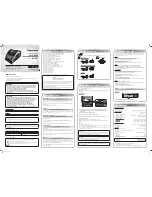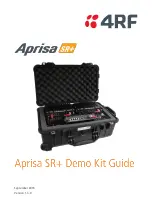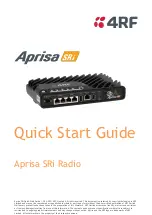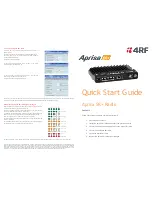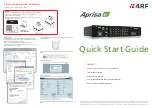
7.6 APPLICATIONS
7.6.1
POINT TO POINT LINK
In the simplest of form of operation the URT500 can be used as a point to point link where data is
simply and quickly transferred from one location to another.
In this mode the URT500 can either operate transparently with data applied to the serial port or with
RTS & CTS as a flow control.
7.6.2
POINT TO MULTI-POINT (SCANNING TELEMETRY SYSTEMS)
The typical scanning telemetry system consists of a base station polling multiple outstations.
For greater data collection speeds the base station is normally operated in a full duplex mode with the
transmitter permanently keyed, this eliminates the TX rise time and will keep the outstations modems
synchronised so little or no pre-amble (lead-in time) is required.
A matching 19” mountable basestation, the XRT9000, is available for use with the URT500.
7.6.3
REPEATER/STORE & FORWARD OPERATION
Once the system ceases to be point to point or point to multi-point because of range or terrain, different
approaches have to be taken to suit individual applications. Some of these will involve the routing of
data via “Repeater” or “Store & Forward” nodes, which are both outlined below. In addition to being
used at an outstation, the URT can also act as a store & forward or repeater node. The URT series
supports up to six repeaters within one link, although the more repeaters used, the greater the signal
strength has to be at each receiver, as there will be some accumulative degradation over the whole link.
URT500 Manual
Page 28 of 42
Rev. C – 6 August 2008






























